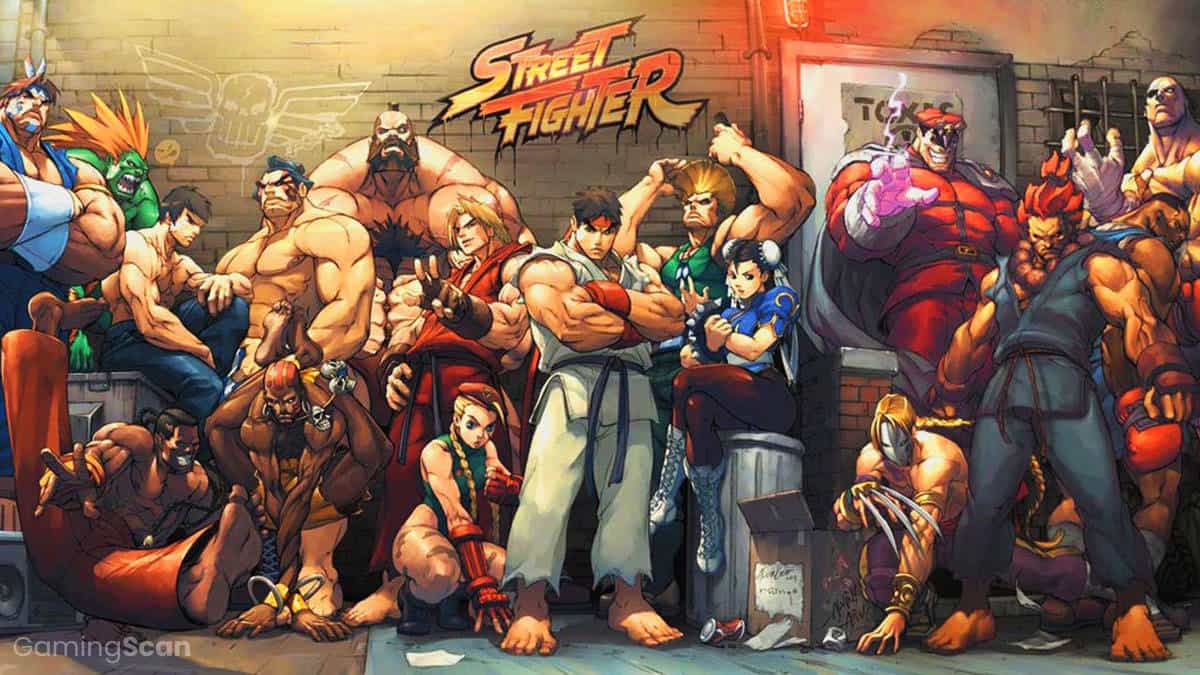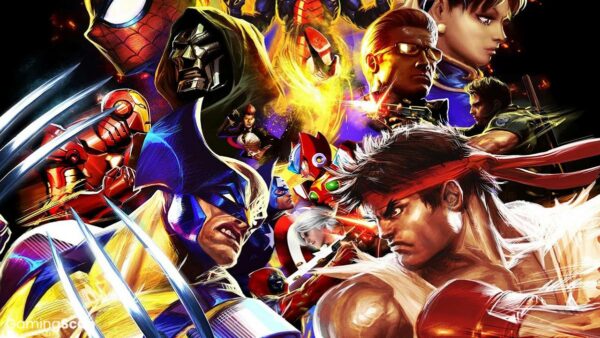Created by Capcom, Street Fighter is one of the oldest fighting game franchises on the market and has been around for over 30 years.
Bursting onto the arcade scene in the late 1980s, the series has been going strong ever since while bringing its massive roster of fighters to PC, console, handheld, and mobile devices.
To help make sense of the franchise’s extensive history, we’ve organized all of the Street Fighter games in chronological order, including the main series, spin-offs, and compilations.
We encourage you to check back in the future for updates on upcoming Street Fighter projects such as Street Fighter 6, and let us know down below if we missed any games!
Table of ContentsShow
Main Series
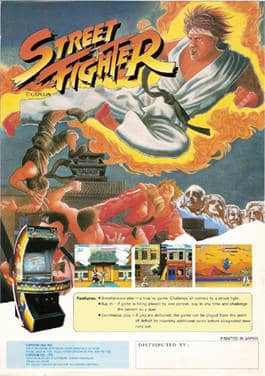
Street Fighter
Release Date: August 12, 1987
Platforms: Arcade, ZX Spectrum, C-64, Amiga, Amstrad CPC, Atari ST, Turbografx-16, MS-DOS
The original Street Fighter was released in arcades in 1987 and was conceived by game director Takashi Nishiyama as an adaptation of the boss fights in his earlier beat ‘em up title Kung-Fu Master.
In it, players compete in one-on-one matches against AI-controlled opponents or other players where the goal is to knock out the opponent or take the least amount of damage within 30 seconds.
The game’s roster included series staples Ryu and Ken along with adversaries Retsu, Geki, Joe, Mike, Lee, Gen, Birdie, Eagle, Adon, and Sagat.
Upon release, Street Fighter became a commercial success in arcades and is attributed with introducing standard fighting game conventions such as six-button controls and input-based special moves.
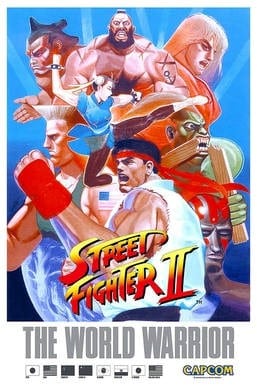
Street Fighter II
Release Date: February 6, 1991
Platforms: Arcade, SNES, MS-DOS, Amiga, Atari ST, Amstrad CPC, C-64, ZX Spectrum, CPS Changer, Game Boy
Street Fighter II is the second installment in the series and improves upon many of the concepts introduced by the first game.
This included expanding the number of special moves, playable characters, and fighting styles as well as refining Street Fighter’s combo system and six-button control scheme.
It placed a much bigger emphasis on player-versus-player matches, which had become quite popular since the first game and inspired grassroots tournament events worldwide.
Street Fighter II would go on to become the best-selling game since the golden age of arcades and by 1994, was reported to have been played by at least 25 million players in the US alone.
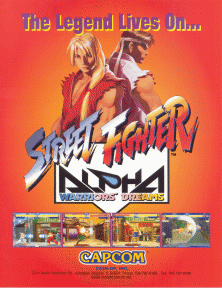
Street Fighter Alpha
Release Date: June 5, 1995
Platforms: Arcade, CPS Changer, PS1, Saturn, Game Boy Color, Windows
A little over four years later, Capcom would put out the next installment in the series with Street Fighter Alpha, also known as Street Fighter Zero in certain regions.
It introduces several changes based on updated releases like Super Street Fighter II Turbo, including an expanded Super Combo system and a new art style inspired by Capcom’s Darkstalkers and X-Men: Children of the Atom.
The story is set between Street Fighter and Street Fighter II and features younger versions of established fighters like Ryu and Ken along with characters from Final Fight and other newcomers.
Following its release, Street Fighter Alpha became the second highest-grossing arcade game of 1995 in Japan, right behind Virtua Fighter 2, as well as the most popular arcade game in North America for that year.
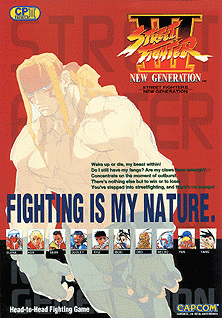
Street Fighter III
Release Date: February 1997
Platforms: Arcade, Dreamcast
Street Fighter III was to be produced for the CD-ROM-based CP System III hardware, a revised version of Capcom’s arcade system board that allows for more elaborate 2D graphics.
Additionally, the game revamps many of the series’ mechanics while initially replacing every previous character in the series aside from Ryu and Ken with an all-new roster led by fighter Alex.
Influenced by other Capcom fighters like Darkstalkers and X-Men: Children of the Atom, Street Fighter III introduces new dash and retreat abilities along with super jumps, quick stands, and leap attacks.
Although the game was met with positive reviews and praised for its stunning graphics, it struggled to break even in Japan and was criticized for not innovating on the Street Fighter formula.

Street Fighter IV
Release Date: July 18, 2008
Platforms: Arcade, PS3, Xbox 360, Windows, iOS
The franchise would spend the next eleven years in hiatus until Capcom decided to put out a new mainline entry with Street Fighter IV in 2008.
Intended to bridge the gap between Street Fighter II and Street Fighter III, the game leverages both games’ mechanics and rosters while introducing a suite of new features.
This included new Focus Attacks, Ultra Moves, and Special Moves along with a traditional six-button control scheme for a good mix of classic and innovative gameplay.
As a result, Street Fighter IV received universal critical acclaim and is often cited as one of the greatest fighting games of all time.
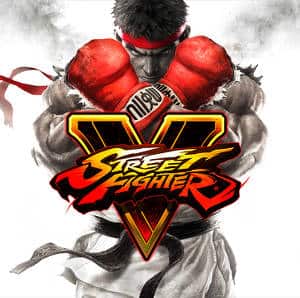
Street Fighter V
Release Date: February 16, 2016
Platforms: Windows, PS4, Arcade
There would be another significant gap between mainline Street Fighter releases as eight years passed before Capcom was ready to release Street Fighter V.
The game maintains the series’ signature side-scrolling combat while introducing new mechanics like the V-Gauge, which fills as the player takes damage and provides them with three new skills.
At launch, Street Fighter V’s roster consisted of 16 characters—12 returning and 4 new ones; later on, a main story mode and 30 more characters were made available via updates and DLC.
Reviewers praised its graphics and gameplay while taking issue with its lack of single-player content, limited roster, and unstable online performance at launch.
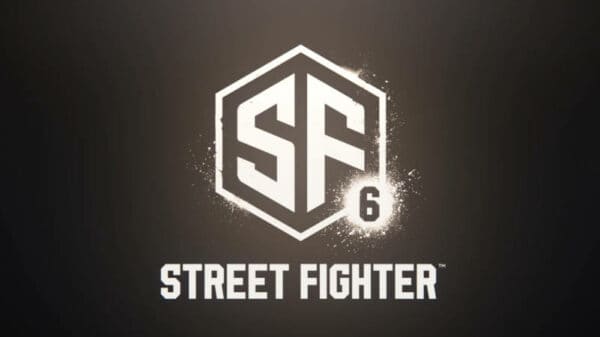
Street Fighter 6
Release Date: TBA
Platforms: TBA
During the Capcom Pro Tour 2021 Season Final, the company gave fans a sneak peek at the next mainline Street Fighter installment with a brief 30-second teaser trailer.
While details are scarce, it appears that both series’ mascot Ryu and newcomer Luke are confirmed to be included in Street Fighter 6‘s launch line-up.
Fans will remember that Luke was originally teased as having an important role in the franchise’s future, so it’ll be interesting to see how he factors into the game’s story.
Other than that, there’s not much to go on, so make sure to check back for updates as Capcom clues us into what to expect going forward.
Spin-off Series
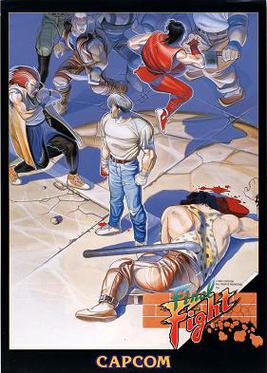
Final Fight
Release Date: November 25, 1989
Platforms: Arcade, SNES, PC, Sega CD, CPS Changer, GBA
First released for arcades in 1989, Final Fight was initially conceived as a direct sequel to the original Street Fighter and includes multiple characters from the series.
Set in Metro City, each beat ‘em up game focuses on a group of heroic vigilantes as they battle gangs of criminals, most notably the Mad Gear Gang.
As of 2019, the franchise has sold over 3 million units worldwide across six releases: Final Fight, Final Fight 2, Final Fight 3, Mighty Final Fight, Final Fight Revenge, and Final Fight: Streetwise.

Street Fighter 2010: The Final Fight
Release Date: August 8, 1990
Platform: NES
Released by Capcom as an NES-exclusive, Street Fighter 2010: The Final Fight is a side-scrolling action-platformer that was marketed as a sci-fi spin-off to the original Street Fighter.
To this point, the English localized version of 2010 changes the main character’s name and backstory to imply that he’s actually Ken from Street Fighter.
While its position in regards to the rest of the franchise is unique, 2010 has often been criticized for its poorly translated plotline and drastic changes to Ken’s backstory.
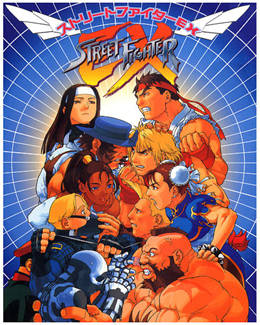
Street Fighter EX
Release Date: November 30, 1996
Platforms: Arcade, PS1
Co-produced by Capcom and Japanese developer Arika, Street Fighter EX is a 2D one-on-one fighting game that was originally released for arcades in 1996.
Marketed as a spin-off to Street Fighter, it was the first game in the series to feature 3D polygonal graphics and uses fighting systems from the Street Fighter II and Street Fighter Alpha subseries.
The game was followed up by Street Fighter EX Plus and Street Fighter EX Plus α, updated versions of the original released in 1997 for arcades and PS1 respectively.
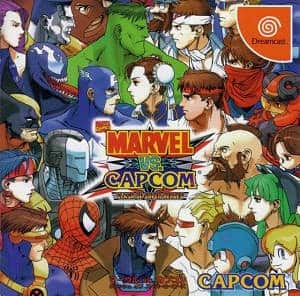
Marvel vs. Capcom
Release Date: September 25, 1996
Platforms: Arcade, Dreamcast, Sega Saturn, PS1, PS2, PS3, PS4, Xbox, Xbox 360, Xbox One, Windows
Marvel vs. Capcom is another Street Fighter spin-off that got its start in arcades before coming to PC and home consoles.
Leveraging both brands’ characters, the series consists of 10 games: X-Men: Children of the Atom, Marvel Super Heroes, X-Men vs. Street Fighter, Marvel Super Heroes vs. Street Fighter, MvC: Clash of Super Heroes, MvC 2: New Age of Heroes, MvC 3: Fate of Two Worlds, Ultimate MvC 3, MvC Origins, and MvC Infinite.
While reception varies between games, Marvel vs. Capcom is considered one of the most successful video game crossovers and continues to appeal to fans worldwide.

SNK vs. Capcom
Release Date: August 18, 2000
Platforms: Arcade, Dreamcast, Neo-Geo, PS1, PS2, Xbox, GameCube, Switch, Nintendo DS, Windows
Another notable crossover to feature Street Fighter characters, SNK vs. Capcom consists of seven games developed and published by either SNK or Capcom for arcades, consoles, handhelds, and PC.
The series starts with SVC: Card Fighters Clash and is followed by SVC: The Match of the Millennium, CVS: Millennium Fight 2000, CVS 2, SVC: Card Fighters 2 Expand Edition, SVC Chaos, and SVC: Card Fighters DS.
With the exception of Capcom vs. SNK 2, the franchise has been poorly received across its various installments and hasn’t seen a new entry since 2006, suggesting it may no longer exist.
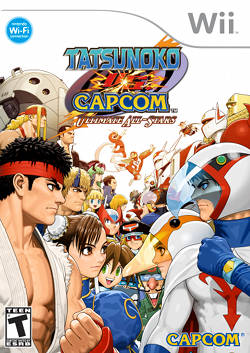
Tatsunoko vs. Capcom
Release Date: December 2008
Platforms: Arcade, Wii
Tatsunoko vs. Capcom: Ultimate All-Stars, or Cross Generation of Heroes as it’s known in Japan, is a crossover 2D fighting game released for arcades and later ported to the Wii.
In it, fighters from both Capcom and Tatsunoko franchises face off in 2v2 tag-team battles set in 2.5D environments with 3D-rendered character models.
Upon release, the game was praised for its unique roster of characters and fighting system but ultimately failed to catch on with Western audiences.
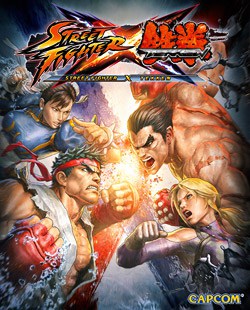
Street Fighter X Tekken
Release Date: March 6, 2012
Platforms: PS3, Xbox 360, Windows, PS Vita, iOS
Another spin-off that appears to have run its course is Street Fighter X Tekken, which was released in 2012 featuring characters from both Capcom’s Street Fighter and Namco’s Tekken series.
In it, each player selects two characters from either franchise to battle in tag-team matches with gameplay similar to that of Street Fighter, complete with Super Combos and EX Attacks.
Despite being well-received, the game was never followed up by its anticipated sequel, Tekken X Street Fighter, which has since been officially canceled by Bandai Namco.
Compilations
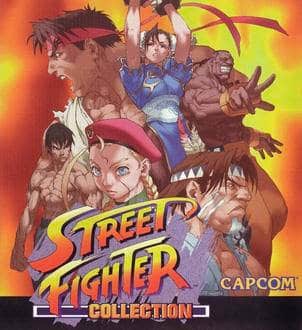
Street Fighter Collection
Release Date: September 18, 1997
Platforms: Sega Saturn, PS1
Street Fighter Collection is a compilation containing the original Super Street Fighter II, Super Street Fighter II Turbo, and an exclusive Street Fighter Alpha 2 Gold version.
Each game is ported from their original CPS II arcade versions and includes standard Arcade, Versus, and Option modes; a follow-up Street Fighter Collection 2 was released shortly after.

Street Fighter Anniversary Collection
Release Date: August 31, 2004
Platforms: PS2, Xbox
Street Fighter Anniversary Collection is a bundle containing both Hyper Street Fighter II and Street Fighter III: 3rd Strike for PS2 and Xbox, with the latter version supporting online multiplayer.
Each game is ported from their console versions, with Hyper being an arranged version of Super Street Fighter II Turbo and 3rd Strike being based on the Dreamcast version of the same game.

Street Fighter Alpha Anthology
Release Date: May 25, 2006
Platform: PS2
A compilation consisting of Street Fighter Alpha, Street Fighter Alpha 2, and Street Fighter Alpha 3 along with remixed versions of Street Fighter Alpha 2 Gold and Super Gem Fighter Mini Mix.
All of the games in the Street Fighter Alpha Anthology include Arcade, Versus, and Training modes, along with Survival and Dramatic Battle modes for the Alpha-specific titles.

Street Fighter 25th Anniversary
Release Date: September 18, 2012
Platforms: PS3, Xbox 360
Collector’s set that includes Street Fighter X Tekken, Super SF IV: Arcade Edition, SF III: Third Strike Online Edition, Super SF II Turbo HD Remix, and various movie/soundtrack discs from throughout the series.
Street Fighter 25th Anniversary is regarded as one of the most complete sets ever made about the franchise as a whole and remains one of the most highly sought-after collections released by Capcom.
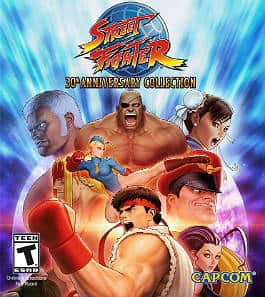
Street Fighter 30th Anniversary Collection
Release Date: May 29, 2018
Platforms: Windows, PS4, Xbox One, Switch
Street Fighter 30th Anniversary Collection is a compilation developed by Digital Eclipse and published by Capcom that brings together the arcade versions of twelve fighting games from the series.
The games included are Street Fighter, SF II: The World Warrior, SF II: Champion Edition, SF II: Hyper Fighting, Super SF II: The New Challengers, Super SF II: The Tournament Battle, Super SF II Turbo, SF Alpha: Warriors’ Dreams, SF Alpha 2, SF Alpha 3, SF III: New Generation, SF III: 2nd Impact, SF III: 3rd Strike.
